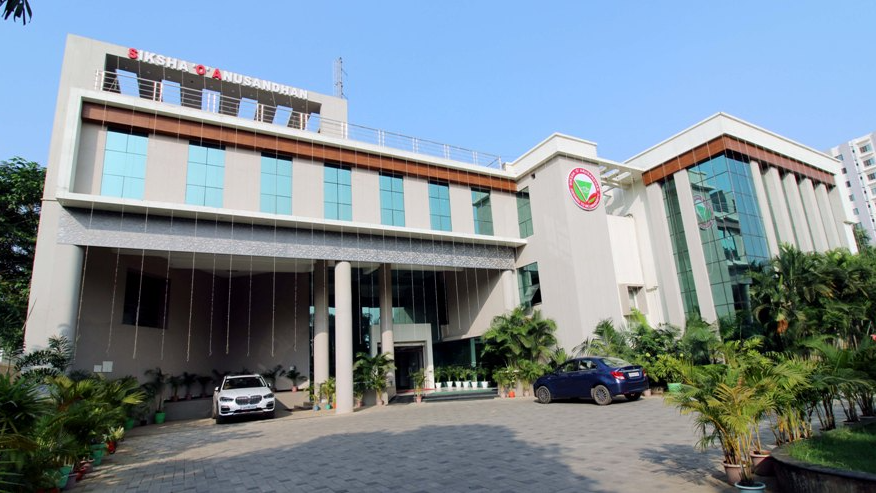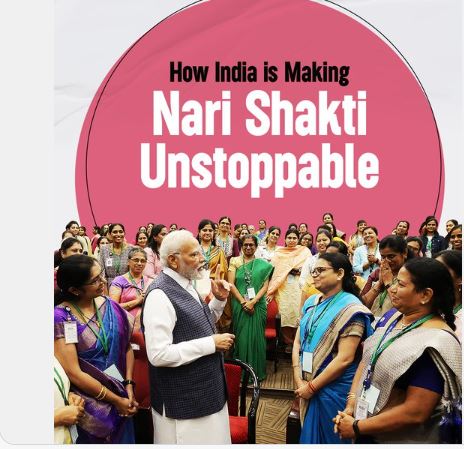Budget and Banking Sector: Challenges, strategies

wp:quote The hike of the foreign direct investment (FDI) limit for the insurance sector in the 2021-22 budget will go a long way in deepening insurance penetration. The move will also induce banks to market more of bancassurance products, thereby bolstering their non-interest income, which is the way forward for them. This will also make available more of long-term funds to infrastructure projects as well as for the government’s market borrowings. /wp:quote Dr Manas R Das In the financial sector, the 2021-22 Budget has hiked the foreign direct investment limit for the insurance sector to 74% from 49% which is highly laudable. This will go a long way in deepening insurance penetration (i.e., premium as percentage of GDP)in the country which is woefully low at 3.70%. However, much will depend upon the kind of products insurers come up with. In this context, it needs to be mentioned that the country needs high-volume, low-premium products. The move will also induce banks to market more of bancassurance products, thereby bolstering their non-interest income, which is the way forward for them. At another level, this will make available more of long-term funds to infrastructure projects as well as for the government’s market borrowings which is pegged at Rs.12 lakh crore for 2021-22. Another positive proposal is to set up a Development Financial Institution (DFI) with a capital of Rs.20,000 crore for providing long-term finance for infrastructure projects. This is a logical step as the Budget aims at boosting infrastructure which needs humongous sums on one hand and banks’ inability to provide such money due to possible asset-liability mismatch on the other. India has prior experience in managing and operating DFIs. However, in order to prevent it from going astray as some of its predecessors did, it needs to be,ab initio, managed and staffed with specialists from a variety of fields like engineering and finance so that techno-economic feasibility of the potential projects is done in-house. Moreover, contextually, there is a need to consolidate all the DFIs in order to have a few specialised institutions. The aim to provide depositors of a bank, which is encountering short-term liquidity problems, access to their deposits within the deposit insurance limit (now Rs.5 lakh) is a noble proposal. However, if the bank in trouble lacks sufficient liquid assets to pay the eligible depositors, then RBI has to provide a line of credit as it did for DBS Bank recently while taking over Lakshmi Vilas Bank, since DICGC doesn’t have powers to provide the credit line. As DICGC’s Deposit Insurance Fund has huge balances (Rs.1,10,380 crore at March-end 2020), it would be better if the DICGC Act, 1961 is amended enabling it to extend lines of credit to ‘problem’ banks. Since amending the Act will be time-consuming, alternatively, it needs to be explored whether a (special) Board-level resolution can do. Nevertheless, a comprehensive reform of the deposit insurance system along with a statutory framework for resolution of troubled banks is overdue. The proposal to privatise two Public Sector Banks (PSBs), though, in principle, in right direction, will likely encounter stumbling blocks. Besides the amendments to the relevant Acts and trade union problems that need to be tackled, the main question is which two PSBs? Out of 12 PSBs at present, three are under the Prompt Corrective Action, and the country needs at least four largePSBs. That would leave out five low- to middle-order banks. Whether the government can sell its stake therein at good market values is worth pondering. The Budget has continued the long ‘tradition’ of PSB recapitalisation. Hopefully, this ends now. Public recapitalisation of banks should be the ‘last resort’ as its perennially not only creates ‘moral hazard’ problem but also leads to misallocation of scarce fiscal resources. The Rs.20,000 crore could have created substantial real sector assets and employment, whereas in the recapitalised (weak) banks, it would be used to set off provisions against Non-Performing Assets (NPAs). Alternatively, it could have been used to capitalise the proposed DFI. By proposing to institute a government-backed Asset Reconstruction Company-Asset Management Company (ARC-AMC) combo to deal with NPAs, the Budget has fulfilled a long-pending demand of bankers. India’s experience with private sector ARCs will provide guidance in this endeavour. However, while designing the framework, a few points need to be considered. First, the assets, once transferred to the ARC, will be ‘orphaned’, if the transferor bank doesn’t have solid representation in the former. Second, India lacks a vibrant and liquid market for NPAs of banks which comprise a wide spectrum of assets. Therefore, selling those assets will be as arduous as it is for individual banks.Finally, a large chunk of NPAs is due to fraud and evenexogenous reasons. Such assets need to be segregated before transferring thewhole lot to the ‘bad bank’. As the economy looks up, so would credit disbursal. Nonetheless, it is felt that the government should come out with a National Banking Plan for, say, five years and reconfigure the banking system accordingly. Budgets may deal with the tax and other short-term issues the banking system encounters from time to time. About the Author: Dr. Manas R. Das is a former senior economist of State Bank of India. He has over 30 years of experience as an economist in two large commercial banks. Academically, he is a gold medallist in Bachelor of Arts with Economics Honours from Utkal University, followed by Master’s in Economics from Delhi School of Economics and Doctorate in Economics from Gokhale Institute of Politics and Economics. He is also a Certified Associate of Indian Institute of Bankers. He has won several awards, besides being a prolific writer.
Latest News
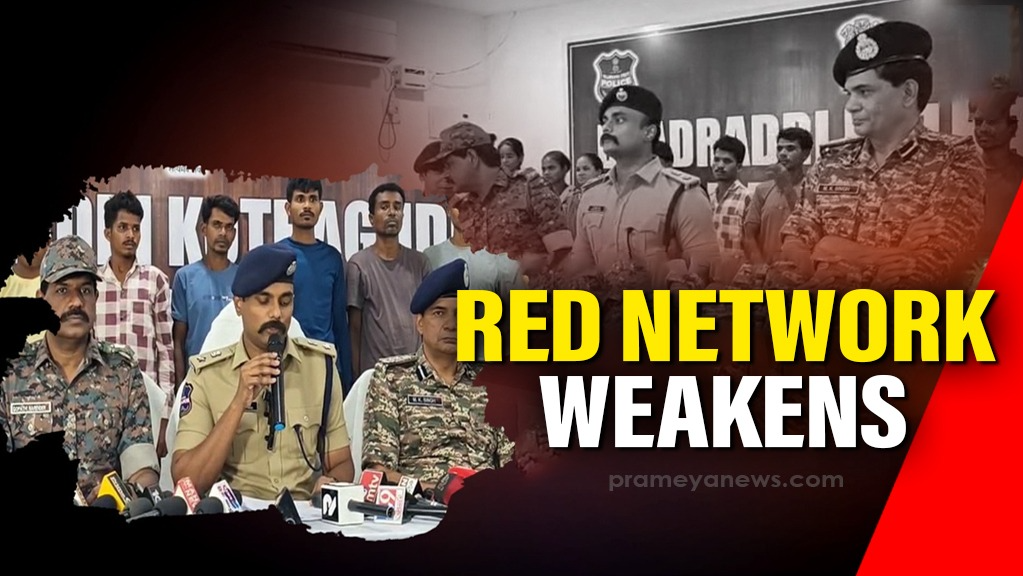
22 Maoist cadres surrender before security fo...
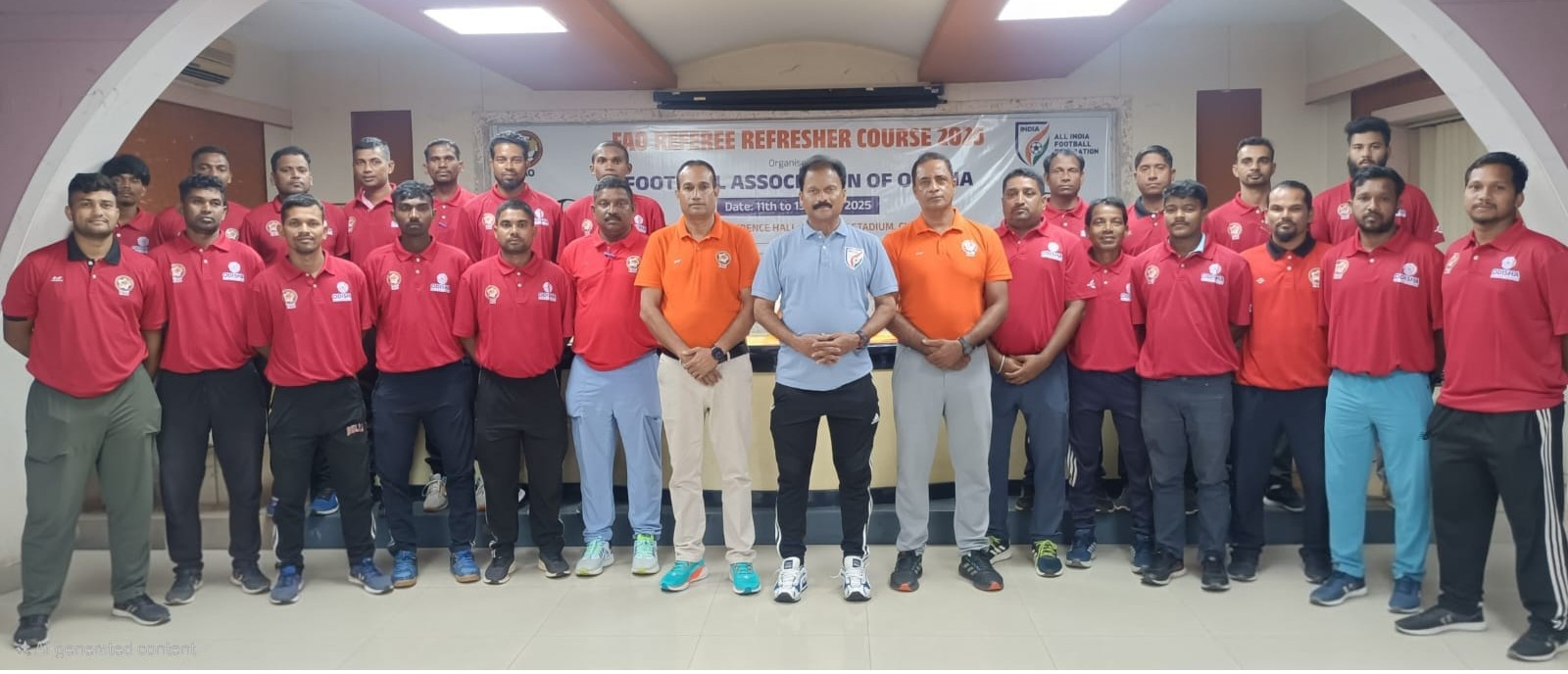
Football Referee Refresher Course held
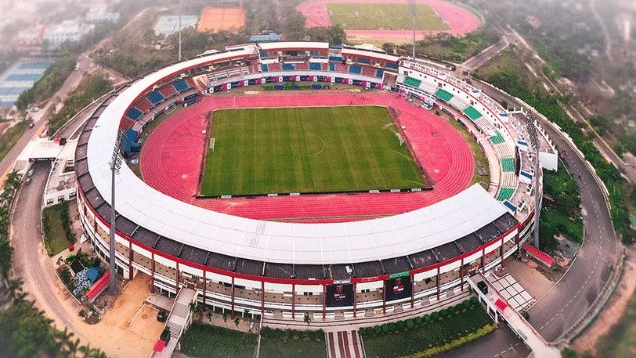
Kalinga Stadium re certification to be held fo...

Second Quake in Two Days: 3.7 Magnitude Tremor...
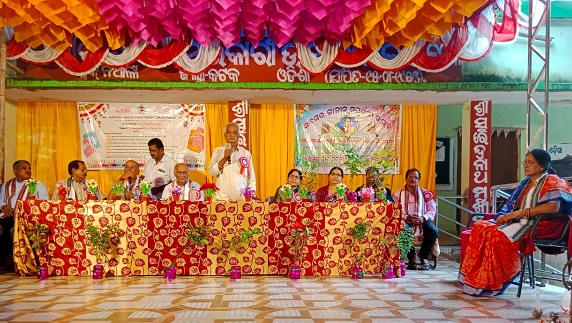
S N Mukhi Scholarship awarded to meritorious s...

Defending champ Odisha to face Tamil Nadu in t...

Pradhan calls Rahul Gandhi's Odisha rally 'pol...
Copyright © 2024 - Summa Real Media Private Limited. All Rights Reserved.









